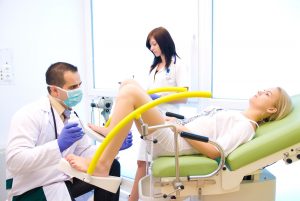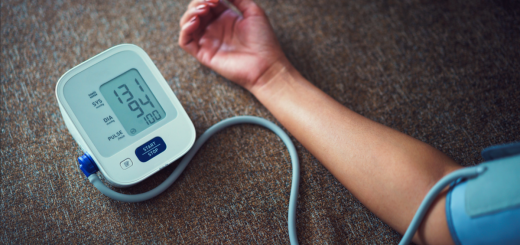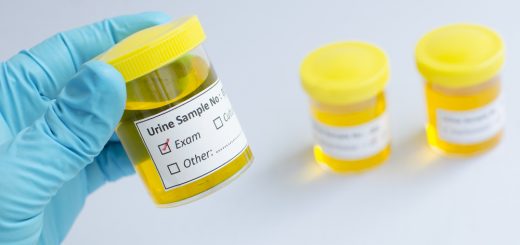Women’s inflammatory diseases: how to know and when to see a gynecologist

When people talk about pelvic inflammatory disease (PID), they mean inflammation of the female genital organs located in the upper parts of the reproductive tract.
These pathologies include:
endometritis (inflammation of the inner lining of the uterus);
salpingitis (inflammation of the fallopian tubes);
oophoritis (inflammation of the ovaries);
tubo-ovarian abscess (an enclosed focus of pus in the fallopian tube);
pelvioperitonitis (inflammation of the peritoneum);
possible combinations of these diseases.
According to Russian statistics, patients with these diseases make up 60-65% of those who go to outpatient clinics and about 30% of those who come to gynecological hospitals.
Where do pelvic inflammatory disease come from?
All of these diseases are the consequences of infection, most often caused by gonococci and chlamydia (up to 80% of cases in total). However, they can occur not only due to sexually transmitted infections. So, they can be caused by bacteria that are found in the genital tract and in the norm: gardnerella, streptococci and others.
The risk factors for this group of diseases are:
transferred venereal diseases;
having more than one sexual partner;
having other sex partners with your partner;
previously transferred inflammatory diseases of the pelvic organs;
age up to 26 years;
douching;
use of an intrauterine device.
How to tell if you have pelvic inflammatory disease
The main symptoms of inflammatory diseases include:
pain in the lower abdomen and pelvis;
intense discharge with an unpleasant odor;
spotting from the vagina between periods;
pain during intercourse;
increased body temperature;
pain when urinating.
In severe cases, symptoms can be acute, with a very high fever, severe abdominal pain, and vomiting. Sometimes the symptoms can be mild, barely noticeable. When they appear, you need to contact a gynecologist without delaying the visit.
Untreated, PID can lead to proliferation of connective tissue in the genitals (scarring) and the formation of abscesses. Complications of PID include infertility, ectopic pregnancy, and chronic pelvic pain.
Diagnostics of the inflammatory diseases of the pelvic organs
At the clinic, the doctor will make a preliminary diagnosis after questioning and examination. Further, based on the clinical picture, he will prescribe additional examinations, which may include:
ultrasound examination (ultrasound) of the pelvic organs;
bacteriological examination of a smear from the vagina or urethra;
urine and blood tests;
laparoscopic examination;
endometrial biopsy.
As you can see, in some cases, invasive methods may be required. Diagnosis and treatment of PID can be quite complex, requiring experience and erudition from specialists, as well as good equipment. Quality assistance will be provided in the network of medical clinics “Health”, where you can count on a high level of doctors, modern technology and good service.
Treatment of pelvic inflammatory disease
The main treatment for PID is antibiotic therapy, that is, antibiotics https://en.wikipedia.org/wiki/Antibiotic. It can be one drug or a combination of both. The doctor chooses medicines depending on what bacteria caused the disease. If an antibiotic susceptibility test is performed, therapy will change based on that test. The effect of the treatment begins to be felt after a few days. Remember that antibiotic treatment must be followed through without interrupting when it becomes a little easier. To make sure that the treatment was effective, you need to see a doctor.
In parallel, treatment of the sexual partner may be necessary to prevent re-infection. It is necessary to abstain from sexual activity during therapy.


